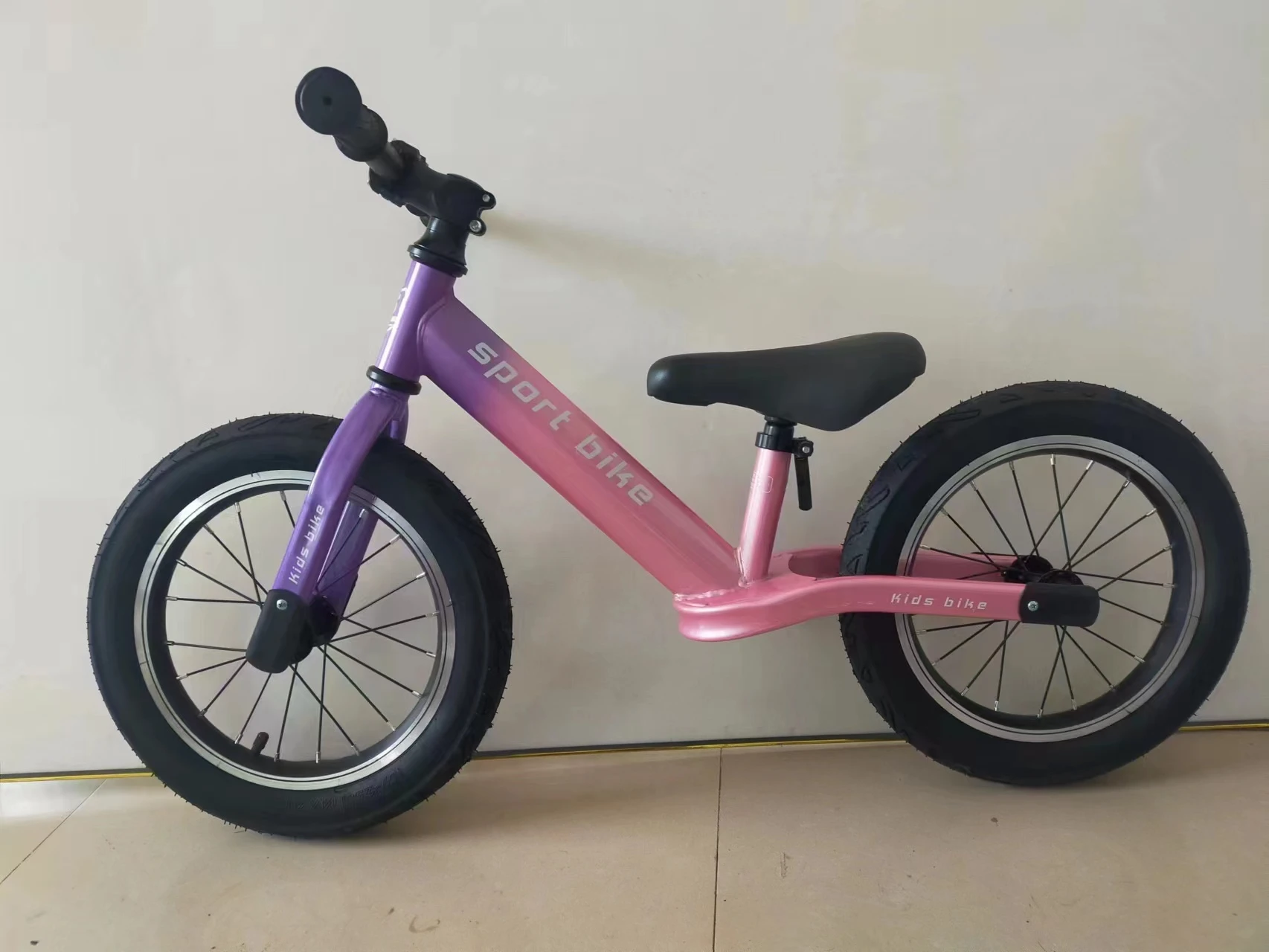
- Afrikaans
- Albanian
- Amharic
- Arabic
- Armenian
- Azerbaijani
- Basque
- Belarusian
- Bengali
- Bosnian
- Bulgarian
- Catalan
- Cebuano
- Corsican
- Croatian
- Czech
- Danish
- Dutch
- English
- Esperanto
- Estonian
- Finnish
- French
- Frisian
- Galician
- Georgian
- German
- Greek
- Gujarati
- Haitian Creole
- hausa
- hawaiian
- Hebrew
- Hindi
- Miao
- Hungarian
- Icelandic
- igbo
- Indonesian
- irish
- Italian
- Japanese
- Javanese
- Kannada
- kazakh
- Khmer
- Rwandese
- Korean
- Kurdish
- Kyrgyz
- Lao
- Latin
- Latvian
- Lithuanian
- Luxembourgish
- Macedonian
- Malgashi
- Malay
- Malayalam
- Maltese
- Maori
- Marathi
- Mongolian
- Myanmar
- Nepali
- Norwegian
- Norwegian
- Occitan
- Pashto
- Persian
- Polish
- Portuguese
- Punjabi
- Romanian
- Russian
- Samoan
- Scottish Gaelic
- Serbian
- Sesotho
- Shona
- Sindhi
- Sinhala
- Slovak
- Slovenian
- Somali
- Spanish
- Sundanese
- Swahili
- Swedish
- Tagalog
- Tajik
- Tamil
- Tatar
- Telugu
- Thai
- Turkish
- Turkmen
- Ukrainian
- Urdu
- Uighur
- Uzbek
- Vietnamese
- Welsh
- Bantu
- Yiddish
- Yoruba
- Zulu
Nov . 17, 2024 09:49 Back to list
how to adjust shimano front derailleur on mountain bike
How to Adjust Shimano Front Derailleur on Mountain Bikes
Adjusting the front derailleur on your Shimano-equipped mountain bike is an essential skill for any cyclist who wants to ensure smooth shifting and optimal performance. A well-adjusted front derailleur ensures that your bike can quickly and reliably switch between chainrings, allowing you to tackle varied terrain with ease. In this guide, we will walk you through the step-by-step process of adjusting your Shimano front derailleur.
Tools Needed
Before getting started, gather the following tools - A Phillips screwdriver - A 5 mm Allen wrench - A chain checker (optional) - A bike stand (optional)
Step 1 Assess Your Current Setup
Begin by evaluating your current derailleur setup. Shift into the smallest chainring (front) and the largest cog (rear) to create slack in the derailleur. Observe how the derailleur aligns with the chainrings. The inner plate should be approximately 1-2 mm above the teeth of the smallest chainring. If misalignment is noticeable, further adjustments are required.
Step 2 Adjust the Height
Use a 5 mm Allen wrench to loosen the mounting bolt on the front derailleur. Position the derailleur so that its inner plate is 1-2 mm above the smallest chainring. Once you've positioned it correctly, tighten the bolt securely. This height adjustment is crucial, as it prevents the derailleur from making contact with the chain when shifting.
Step 3 Align the Derailleur
The front derailleur should also be aligned parallel to the chainrings. To check this, visually inspect the derailleur while it is in the small chainring position. If it’s not parallel, you can adjust its angle by carefully loosening the mounting bolt and repositioning it. Once aligned, retighten the bolt.
how to adjust shimano front derailleur on mountain bike

Step 4 Set the Limit Screws
Next, you'll need to adjust the limit screws
. These screws control how far the derailleur can move inward and outward.- Inner Limit Screw Shift the bike into the smallest chainring and smallest rear cog. Turn the inner limit screw (marked with 'L') until the chain is aligned perfectly with the inner plate of the derailleur. This adjustment prevents the chain from being pushed off the inner chainring.
- Outer Limit Screw Shift into the largest chainring and largest rear cog. Adjust the outer limit screw (marked with 'H') until the chain aligns with the outer plate of the derailleur but does not touch it. This prevents the chain from being pushed off the outer chainring during shifts.
Step 5 Cable Tension Adjustment
Now it's time to adjust the cable tension, which influences how quickly and accurately the derailleur shifts. Using the barrel adjuster located on the derailleur or shifter, turn it clockwise to decrease tension and counterclockwise to increase it. A general rule of thumb is to make small adjustments until shifting feels precise.
Step 6 Test the Shifting
With all adjustments made, test the shifting. Shift between chainrings while pedaling gently. Listen for any clunking or delayed shifts. If the shifts are not smooth, revisit the limit and cable tension adjustments.
Conclusion
Regularly checking and adjusting your Shimano front derailleur is crucial for maintaining performance on your mountain bike. By following these steps, you can make sure your shifting is quick and efficient, ultimately enhancing your riding experience. With a little practice, you'll be able to perform these adjustments with ease, keeping your bike in top shape for all your mountain adventures. Happy riding!
-
The Ultimate Kids' Four-Wheeler Experience
NewsJul.09,2025
-
The Ultimate Guide to Mountain Bikes: Gear Up for Your Ride
NewsJul.09,2025
-
The New Age of Cycling: Electric Bikes for Every Rider
NewsJul.09,2025
-
The Best Kids Bicycles: Ride in Style and Safety
NewsJul.09,2025
-
The Best 3-Wheel Scooters for Kids: Fun, Safety, and Adventure
NewsJul.09,2025
-
Revolutionize Your Ride: Affordable Electric Bikes
NewsJul.09,2025
-
Finding the Perfect Mountain Bike for Every Rider
NewsJul.09,2025



